PSM Announces Photo Contest Winners!
Overwhelming response to photo contest makes decisions difficult!

· Crops category: Dechun Wang (fac) & Randy Laurenz (staff)- Two soybean varieties with different leaf color planted by Tom Siler as the Spartan logo using precision planting
With great honor and excitement we present the winners of the first ever PSM Photo Contest. We had a huge response to our call for entries, and the decision was difficult. But ultimately we narrowed it down to one best photo per category. NOW they are printed on canvas and posted in the PSM Conference Room! Enjoy!
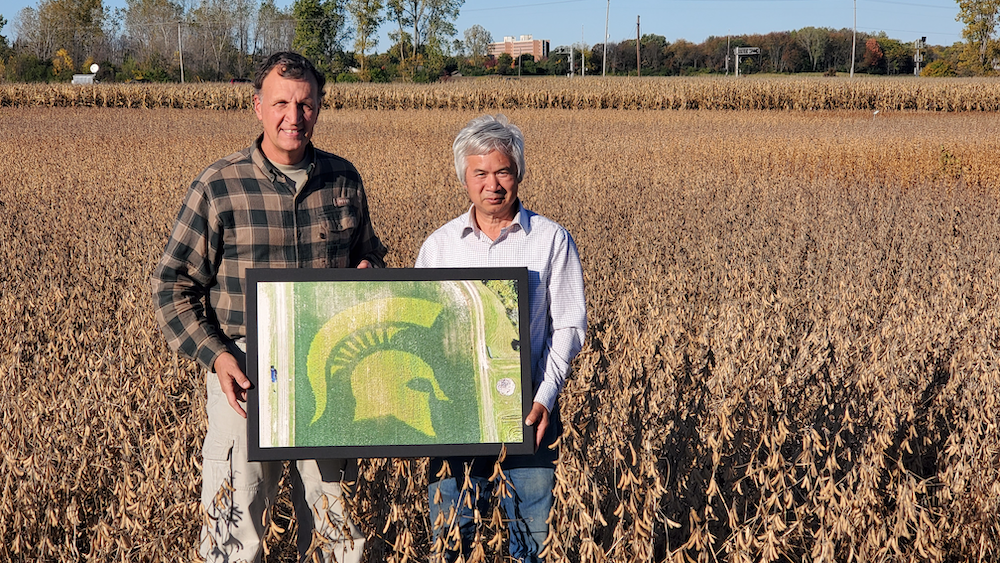
Turning Fields into Data Canvases: MSU Uses Precision Planting to Create a Spartan Helmet in Soybeans
In a striking demonstration of how far digital agriculture has come, Tom Siler (recent PSM graduate and current Seed Production Quality Manager at Michigan Crop Improvement Association) used a custom computer-controlled precision planting system to sow yellow soybeans in the exact shape of the MSU Spartan helmet across a test field. The project merges agronomic research with digital innovation—turning a simple planting operation into a proof-of-concept for high-resolution, algorithmic field control.
At the same time, MSU plant breeder Dr Dechun Wang, who developed the yellow variety for use as a field marker, was pioneering the use of drone photography here at the agronomy fields. You can see him in the photo, operating the drone, on the side of the field next to the vehicle.
Data-Driven Artistry in Agriculture
The project leveraged variable-rate seeding technology and GNSS-guided control to modulate seed placement down to the sub-inch level. A custom computer model translated a high-resolution image of the Spartan helmet into planting coordinates, which were then uploaded to the planter’s control system. Each pass of the planter adjusted in real time to maintain the correct spatial density and contrast, with yellow soybeans serving as the “pixels” of the design.
Technical Precision Meets Agronomic Insight
While visually impressive, the experiment also tests the system calibration, latency, and row-to-row accuracy in the field, demonstrating that with precise control logic, planting can be treated almost like digital printing—opening doors for intricate in-field trials and site-specific management.
Beyond the Helmet
Thanks to research assistant Randy Laurenz for submitting the photo, which, to him, represents more than a memorable aerial view: "We’re showing how digital agriculture is transforming fields into programmable, data-rich environments. If we can draw a Spartan helmet in soybeans, we can probably map micro-environments for nutrient efficiency, pest prediction, and yield optimization with the same precision.”
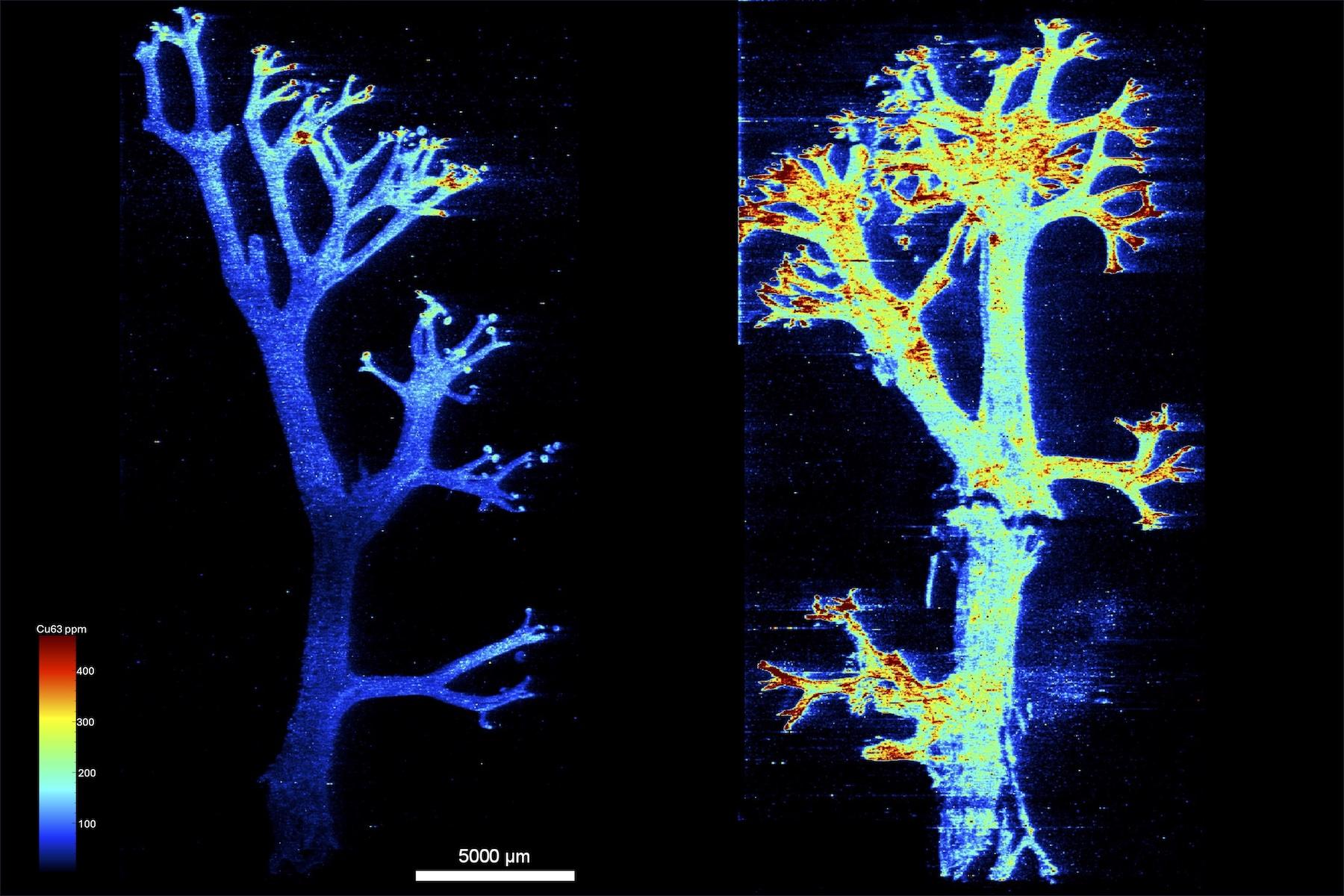
· Microscopy- Marc Friedman (grad student Bonito Lab) - This laser ablation image shows copper (Cu) uptake by Reindeer lichen (Cladonia ragniferina) collected in Michigan's Upper Peninsula. The lichen with higher Cu came from mine tailings known as, “Stamp Sands.” The lower Cu concentration lichen was collected from an uncontaminated reference site. Marc Friedman, a PhD student in the Bonito Lab, who is investigating how certain species—most notably Betula papyrifera (paper birch) and reindeer lichens—persist in or near environments contaminated with ore mining waste. His research integrates field sampling, metal content analysis, and root microbiome profiling to uncover mechanisms of tolerance or resilience. In this photo, Marc shows how reindeer lichens that grow on the edges of the stamp-sand deposits take up more copper than those sampled in non-contaminated areas nearby. ✅ Read more here in PSM News
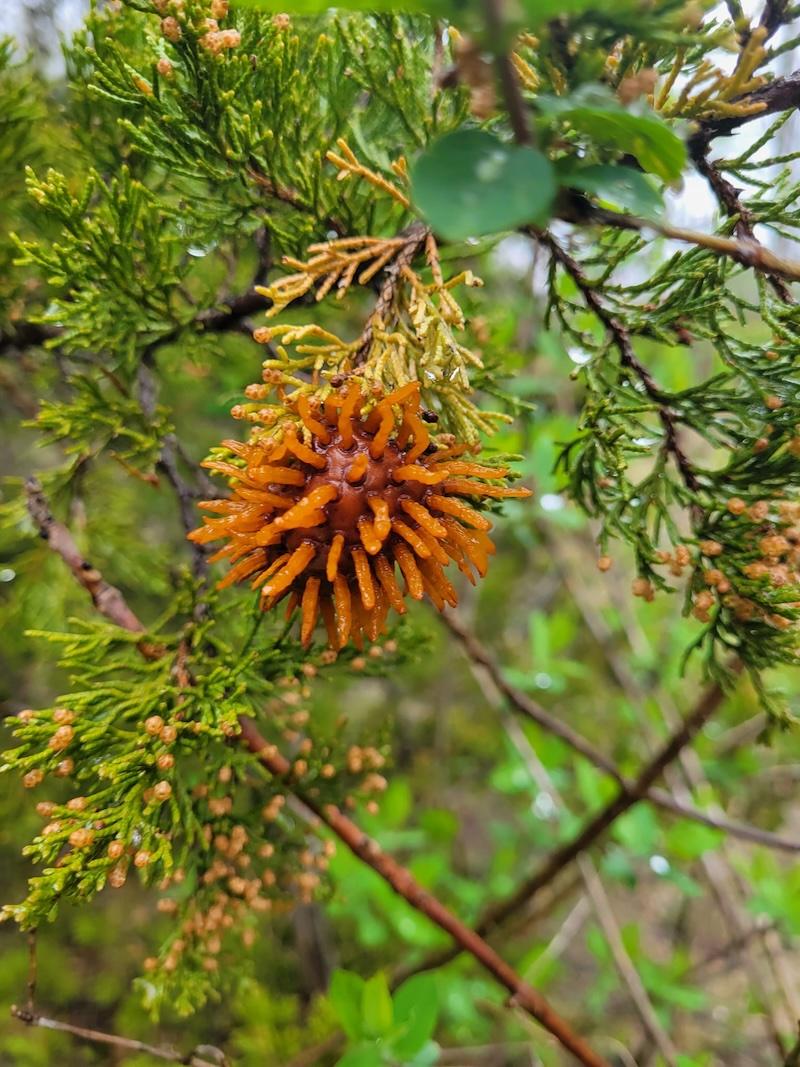
· Plant Pathology- Austin McCoy (staff)- Gymnosporangium with telial horns. Postdoctoral research associate Dr Austin McCoy captured this Gymnosporangium on its cedar (Juniper) host in the spring, in one of his favorite spots for hunting morels. “It’s known as cedar-apple rust as it needs both hosts to complete its life cycle. The fungus on apple trees forms bumps on the leaves and aeciospores that then infect cedar and produce these galls, which produce basidiospores and reinfect apple!” Austin notes that he has seen some apple trees nearby. “This is the only big pathogen out showing off at that time of year,” says Austin, who is somewhat of an expert on pathogens that prey on plants. “It’s a cool fungus.“
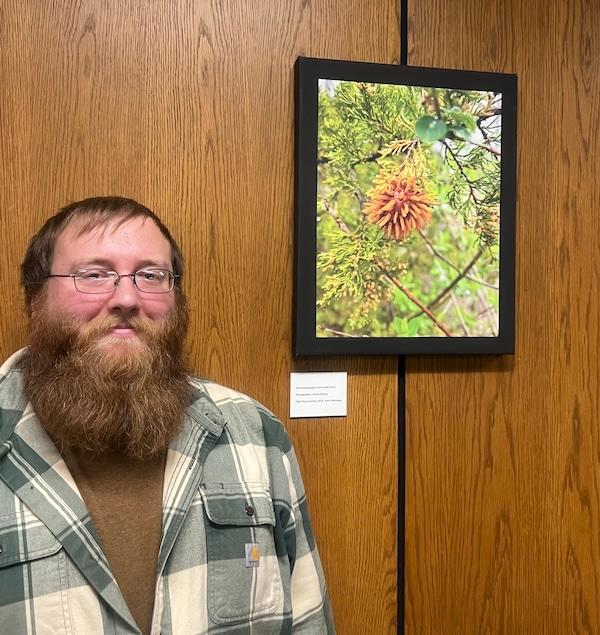
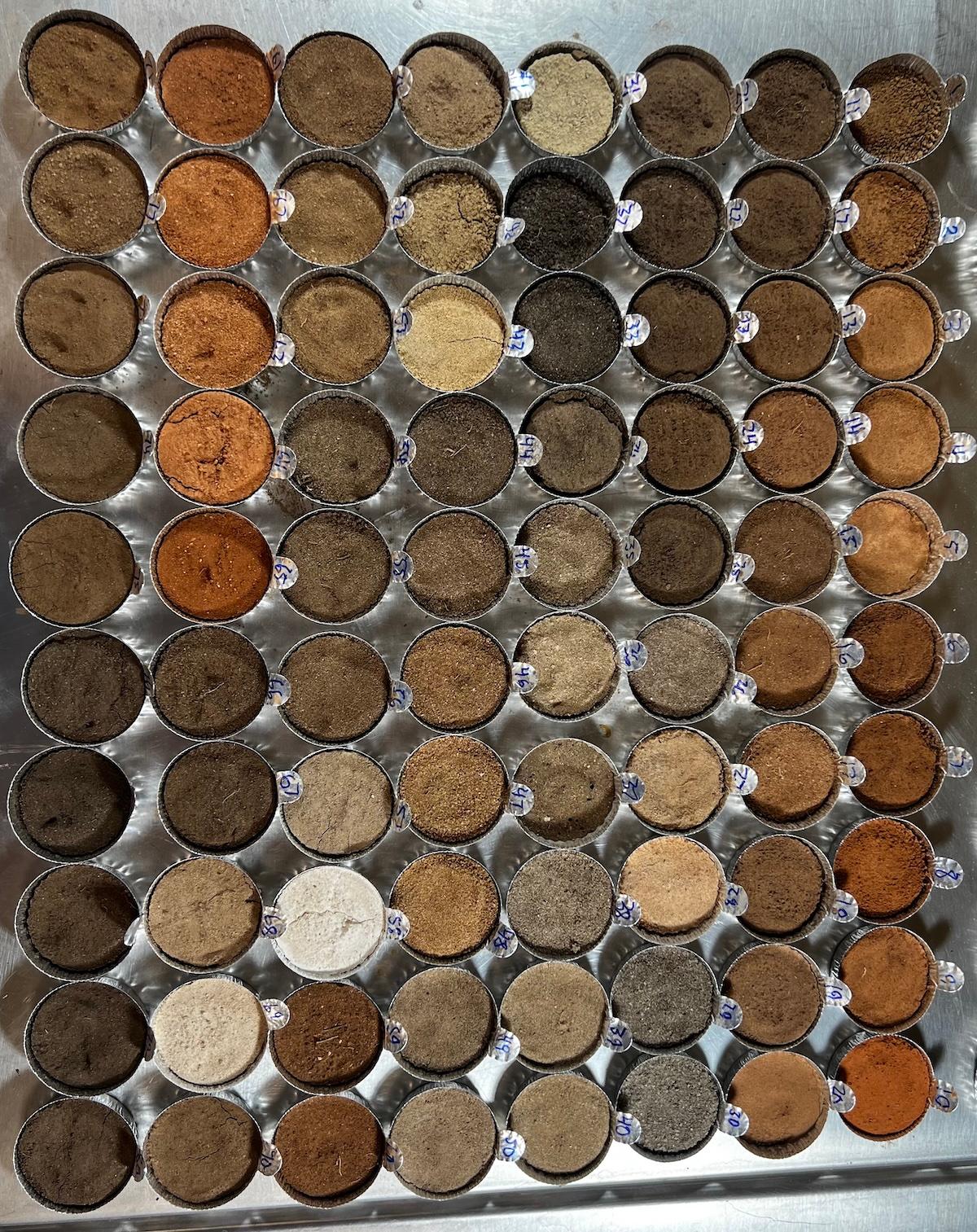
· Soils- Mason Rutgers (grad student )- Soil samples from Oklahoma demonstrating soil color variability. Grad student Mason Rutgers (Wessel Lab) describes the color and parent material of these soil samples from Oklahoma, which won him a best photo award “Soils” category.
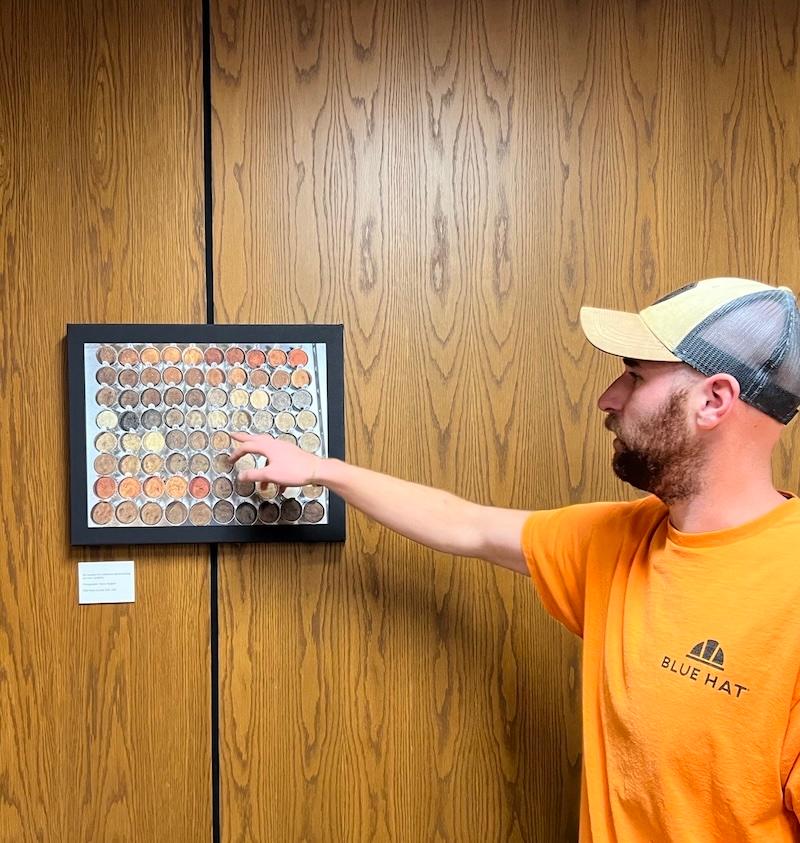
Originally from western Washington, Mason’s passion for soil science began through competing in intercollegiate soil judging competitions as an undergraduate at the University of Nebraska-Lincoln. Mason now serves as a coach for the MSU soil judging team in addition to conducting his thesis research on the soils of dry sand prairies in Michigan.
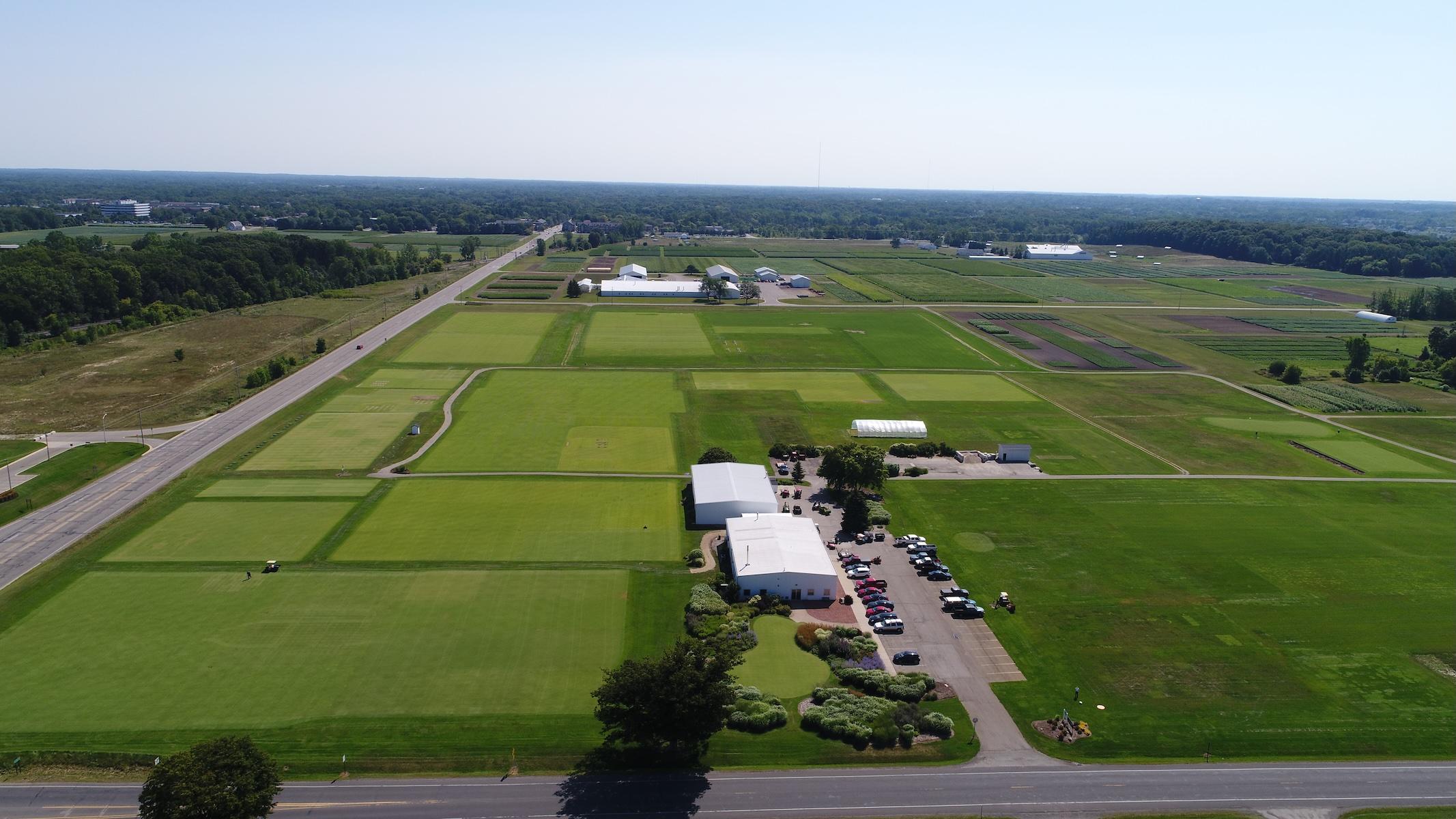
· Turf- submitted by Jesse Sholl (staff)- Hancock Turfgrass Research Center
Cultivating Innovation: Turfgrass Research at the Hancock Turfgrass Research Center
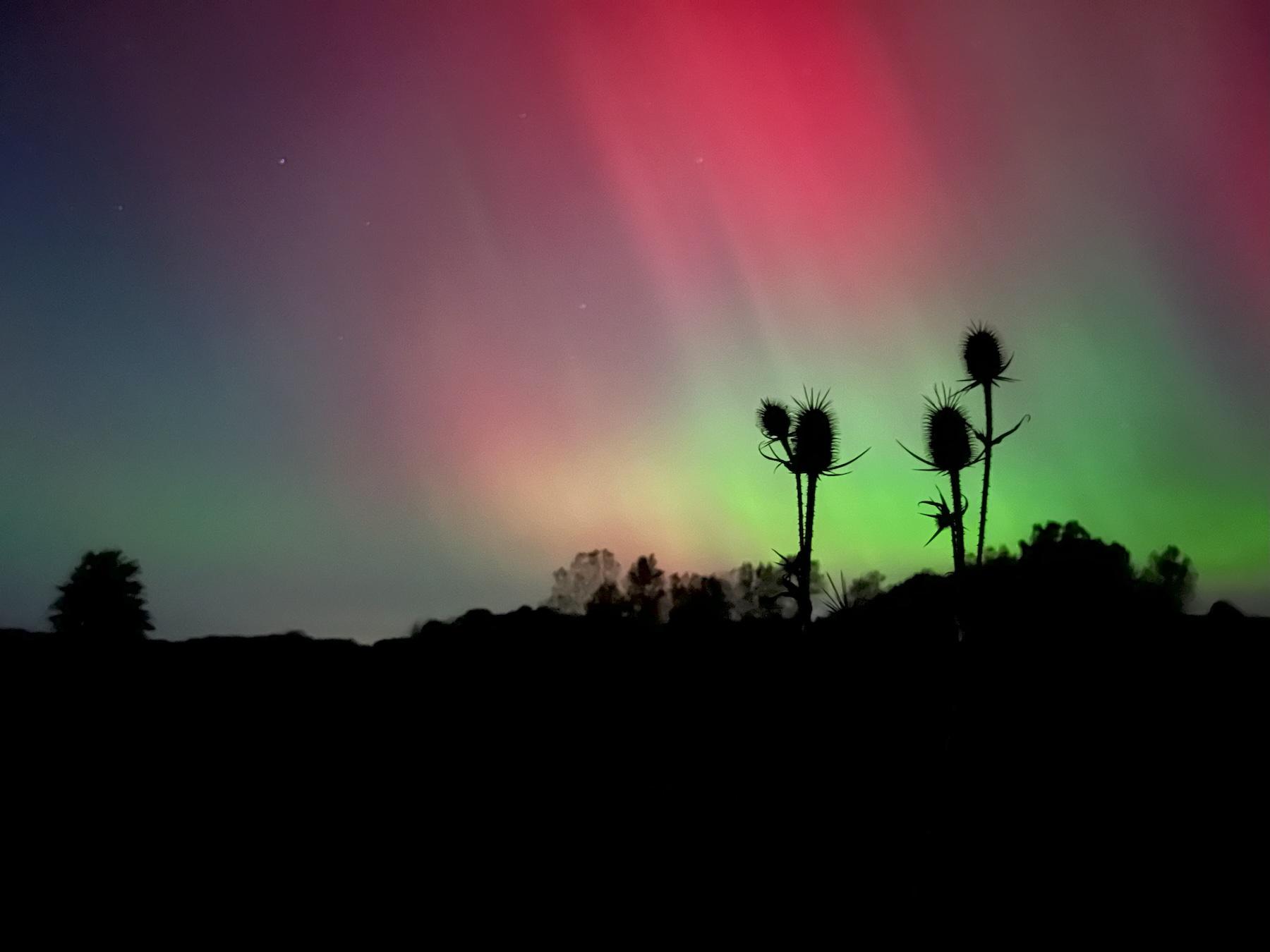
· Weeds- Erin Hill (fac)- Teasel (Dipsacus spp.) backlit by the Aurora Borealis in Sleepy Hollow State Park in October 2024
Erin Hill is fairly certain the species in the photo is cutleaf teasel (Dipsacus laciniatus), "but it's hard to be 100% sure because it was so dark," she says. Either way, there are only two teasel species, and both are non-native, but not classified as invasive.
A devotee of all weeds, Erin finds this particular type to be fascinating for a few reasons. 1) It's not a major agricultural weed; "you find it more in marginal areas, along roadsides, along the edges of cemeteries." Erin notes that retired weed scientist, Bob Hartzler (Iowa State University", mentioned that "one of the means by which this weed has spread is in the flower arrangements taken to cemeteries for funerals. The dried stems are still used in sprays today. We humans create a lot of our own problems!" 2) We really start to see those distinct, evil-looking flowerheads with spiny stems and bracts drying down this time of year, which seems fitting for the spooky season. 3) The attractive stems are not without their hazards; "I [once] very carefully made a wreath out of the dried flower heads . It was on the front door, and numerous times my hair got stuck in it. 🙂
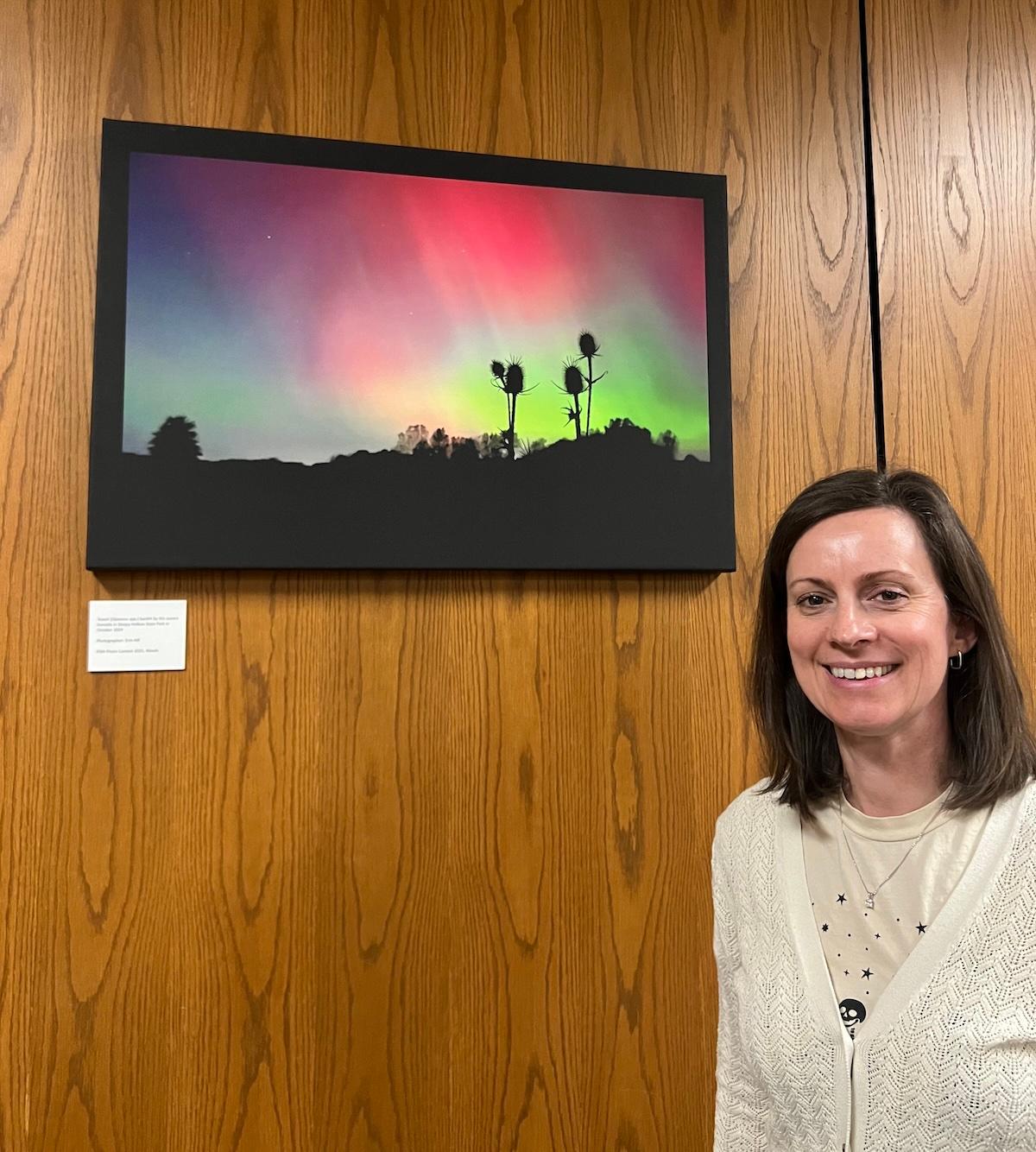
In the right place at the right time: "I always have my eye out for the aurora, and for weeds (just ask my kids)....It was my first time ever to see the lights, and every weed scientist knows that silhouette, so for me it was a combination of two things I find fascinating!"
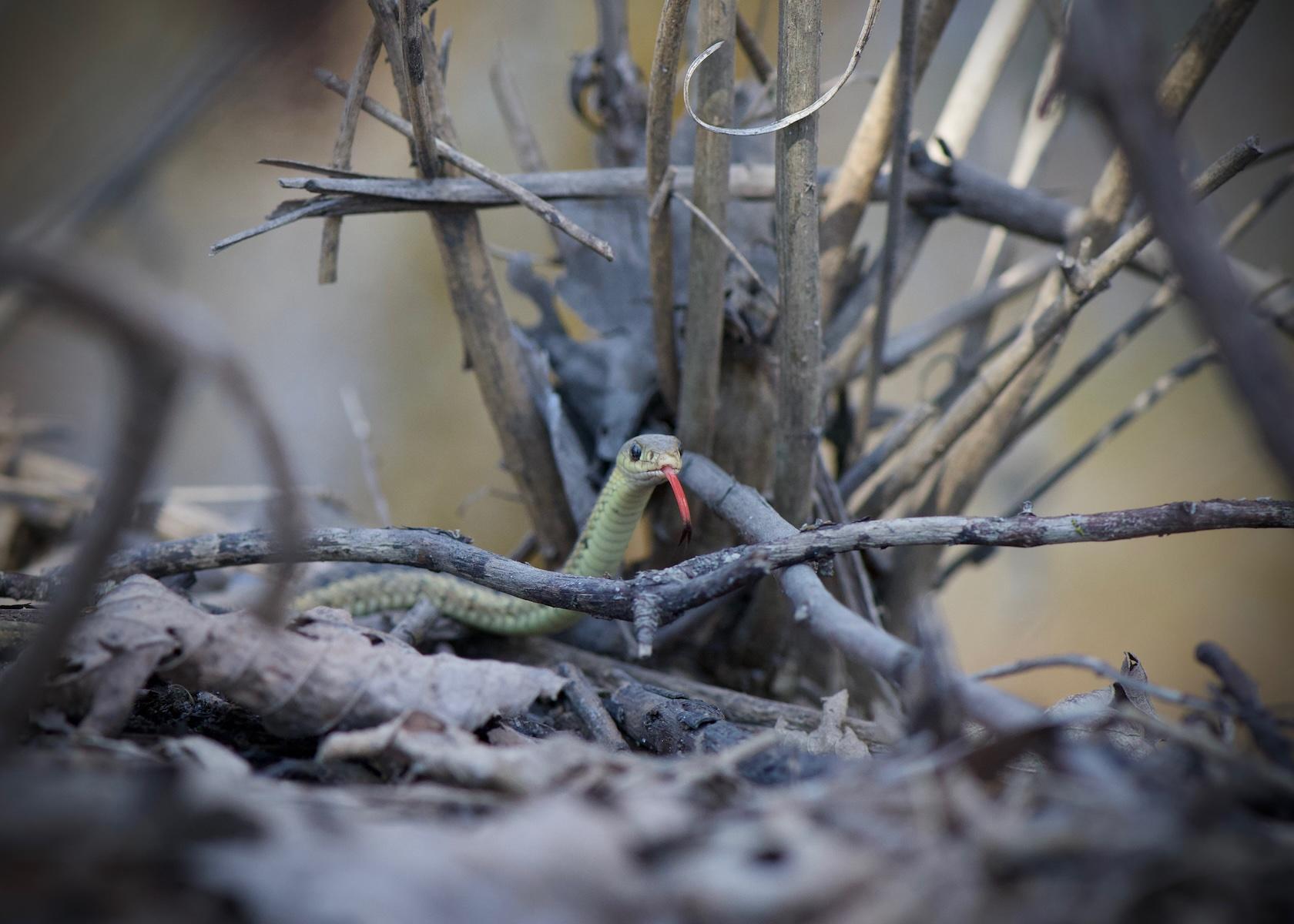
· Miscellaneous- Sarah Alvarez Rodriguez (visiting scholar) - Tongue warning
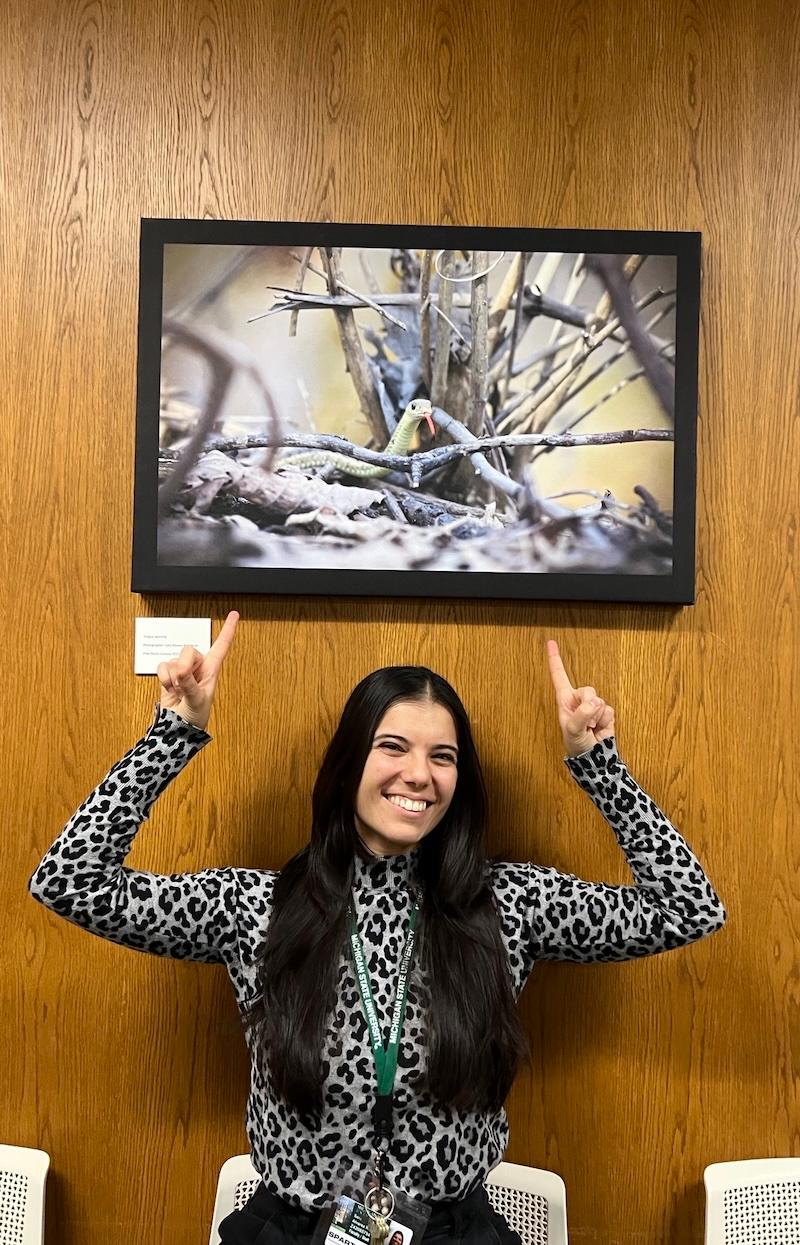
The photos can also be viewed at this link: https://drive.google.com/drive/folders/1Z0tEVXudr1TA8qXJt3ITWH21Cm_UlWh1?usp=sharing



 Print
Print Email
Email




